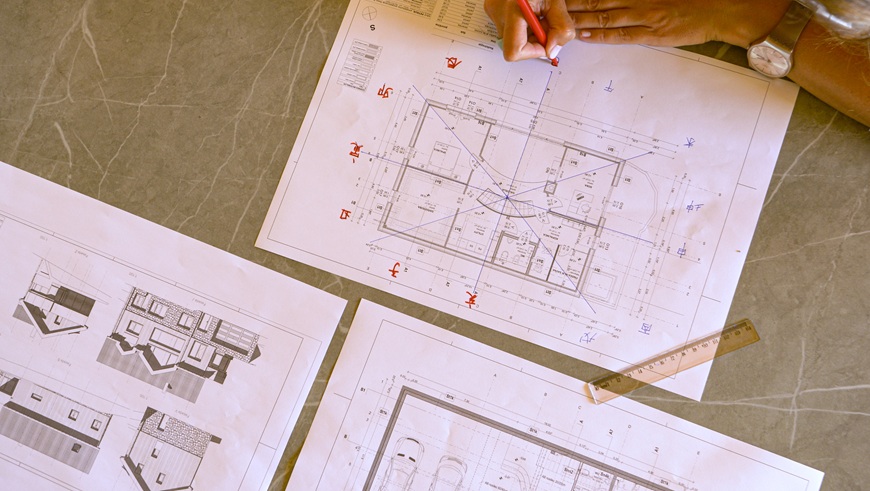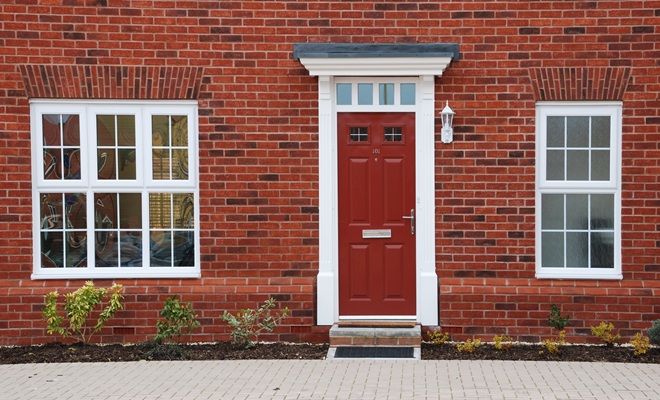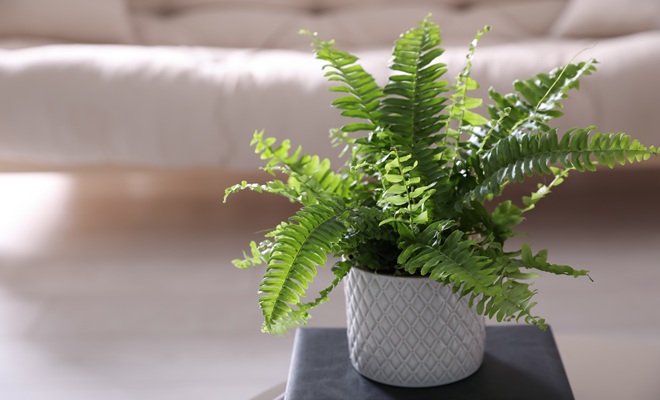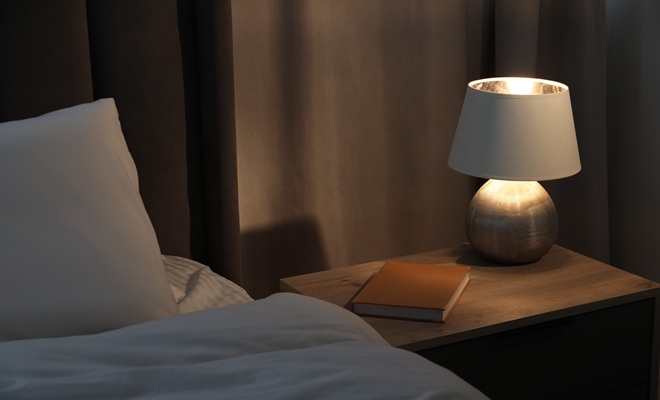5 Feng Shui Techniques Interior Design Expert Swears By
Last updated 18th June, 2025
The Feng Shui method originated in China almost 6000 years ago and literally means “wind” (Feng) and “water” (Shui). It is an ancient method of constructing and enhancing buildings and residences to bring about happiness, abundance and harmony. It involves the placement of objects in relation to the flow of Qi (natural energy) to allow us to make the most ideal arrangement.
The Feng Shui technique can be applied in a number of areas, including architecture, urban planning, interior design, and garden design. This article by interior design expert Zoe Warren at PriceYourJob.co.uk will focus on the interior design element, and here are some of the basic principles followed by 5 top tips to get you started:

Basic Principles of Feng Shui
Feng Shui has many principles to follow to allow Qi to flow effortlessly through your home, and many involve the placement of furniture. The method tells you where to put key pieces such as beds, desks and sofas to achieve maximum effect. It also involves the use of colour, and these are some of the key principles formed from ancient philosophy:
- Bagua Map: Bagua translates to “eight areas” and is an energy map that is laid over the floor plan of a home. It consists of a grid with nine boxes, each representing a category of your life – wealth, fame, love, family, children, knowledge, career, helpful people, and the centre box representing you. If any of these areas need improvement, you should apply the appropriate Feng Shui principles to the corresponding area of your home.
- Qi: In ancient Chinese philosophy, Qi is the energy that connects all living things. Implementing design principles that promote comfort and balance is said to allow your energy to flow freely through your home and improve your overall quality of life.
- Yin and Yang: This is a concept of duality, showing that opposite forces are interconnected and work together to create harmony. Yin is a passive, soft energy, whilst Yang is a bold, aggressive energy. This can be reflected in interior design by creating balance with Yin in calming spaces such as bedrooms and bathrooms and Yang in more socially productive spaces such as the kitchen.
- The Five Elements: Feng Shui principles also focus on the five elements – earth, metal, water, wood, and fire. Each has its own place within interior design in order to create balance and enhance the flow of QI:
- Earth – This element shows up in shades of brown, ochre and sometimes yellow. It is emotionally centring and nurturing, making it ideal for bedrooms, living rooms and other cosy spaces.
- Metal – This element is rigid and stark, often associated with industrial settings and function. This makes it perfect for workspaces like kitchens.
- Water – Water is associated with wisdom, renewal and cleansing and is depicted in shades of blue and in round or fluid shapes.
- Wood – This symbolises growth, upward mobility, and persistence. It is a flexible element often found in shades of brown and green
- Fire – Fire symbolises change, transformation and passion and is best used when you need inspiration. Incorporate through warm hues such as red, orange and yellow and triangular shapes.
5 Feng Shui Techniques to Improve Your Interior Design
Decluttering
Clutter and unnecessary belongings can prevent positive energy from flowing effortlessly through your home. If your space feels overwhelming, so will your mood, so get rid of or tidy away anything that you do not need or that does not bring you joy.

This will give you a clear head and peace of mind by keeping your living room feeling relaxed and organised. Storage solutions such as hidden shelving, wall shelves, and bookcases are an ideal way of organising essentials such as books, boxes and wiring.
Front Door
The front door to your home is a fundamental element when it comes to incorporating Feng Shui into your interior design, as it serves as the gateway for positive energy to flow into the home. Keeping the entrance areas clean, well-lit and clutter-free is essential to ensuring a smooth flow of Qi.

Attention to detail, such as keeping the door well-polished and maintaining the landscaping around it, contributes to the overall positive impression and energy of the entrance. The choice of colour is also key, with colours like red symbolising abundance and black representing a sense of security and stability.
Plants
In addition to being aesthetically pleasing, adding a touch of nature to your home by incorporating plants into your décor can be nourishing for your personal energy. Having plants that reflect positive energy is ideal, and taking care of them is said to bring further luck into the home.

Boston ferns, bamboo and jade plants are all great options, as they are believed to give off good energy. It is also believed that the wood element in plants aids growth, inspires action and enhances qualities of compassion, kindness and flexibility.
Lighting
In Feng Shui terms, lighting is often used to rectify ‘problem areas’ and bring a sense of balanced energy. We previously discussed creating the balance between Yin and Yang, and a home with too much Yin can look dark and dull. Windows, skylights and adjustable lighting can balance it out with more Yang and bright energy.

Lamps are one of the easiest ways to introduce more Yang energy. However, particularly in calmer rooms such as bedrooms and living rooms, you don’t want to make the lighting too harsh. Soft lighting with a cosy glow is best for balancing the Qi energy, and energy-efficient bulbs will also prove more cost-effective!
Furniture Positioning
Furniture is key to creating a Feng Shui living space. The arrangement of your furniture will directly affect the flow of Qi throughout your living room, and it should be placed in a way that will allow people to communicate with ease, avoiding any obstacles and reducing negative energy.

The sofa is the key focal point of a living room and should be given a prime position to open up the space and encourage a flow of conversation. Different ideas for placement include facing the front door to create a warm, welcoming feel or as part of a seated area around a fireplace to create harmony.
Final Thoughts
Feng Shui offers a valuable approach to interior design, encouraging harmony and balance to enhance the flow of positive energy in your living spaces. By following the foundational principles and practical tips, you can begin to see a multitude of positive changes in both your home and your wellbeing.









